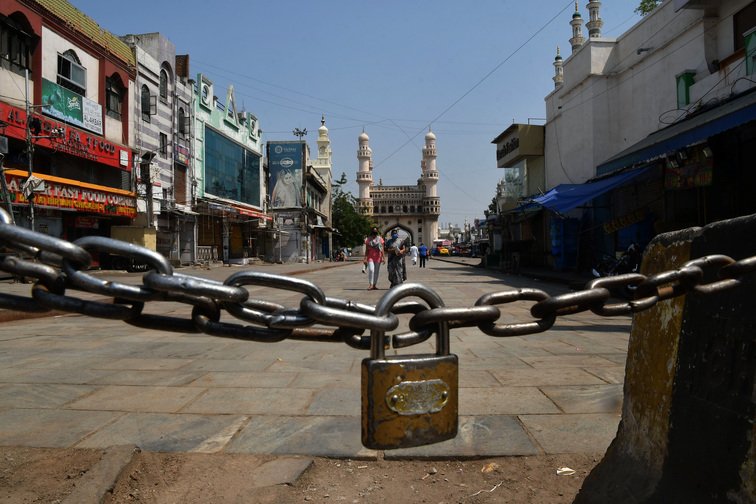
Is the unlock 1.0 a step in the right direction?
- By Haritha Saranga and Sreelata Jonnalagedda--
- June 03, 2020
Unlock 1.0, Suppression, Mitigation, Workforce
The Unlock 1.0 was announced on June 1st, with several states allowing non-essential activities and the central government finally lifting the ban on interstate travel, domestic air, train, and road travel, and a proposed opening of malls and dine-in services from June 8th onwards. Lockdown versions 1.0, 2.0, and 3.0 all aimed at ‘suppression’ of the disease, essentially involving a shutdown or containment of large parts of the country aimed at arresting the spread of the virus. With lockdown 4.0 and the subsequent unlock 1.0, India has made an about turn from the suppression approach to that of a ‘mitigation’ approach, following the footsteps of countries like Sweden. A mitigation strategy involves restricting movement and social interactions of high-risk individuals (elderly and people with comorbidities for example), while allowing the rest to function as usual, with social distancing and other safety protocols in place. The focus under this strategy is on ensuring economic activity, with the objective of building herd immunity against the disease. With the spread of COVID aiming for its peak in India (31st May’s single day rise in cases stands at 8,380), many are wondering if it is the right decision on the part of government to relax the lockdown now? Here’s why we think it is.
In the initial days of the Covid-19 outbreak, little was known about the rate of spread and mortality, making the mitigation approach risky. Now we know more about the disease. In India, the mortality rate for Covid-19 has been around 3% and estimates show that nearly 70% of infected people in India are asymptomatic. Covid-19 as a cause of fatalities (4,025 deaths so far) pales in comparison to other leading causes of death in India every year; 151,400 deaths due to road accidents, 233,240 deaths of children (< 5yrs) caused by pneumonia or diarrhea and 882,000 deaths of children (< 5yrs) due to malnutrition as per the latest statistics. These statistics carry an important message, that there are greater risks to life in India than the Corona virus.
This does not mean that we abandon all caution, prudence is still in order. It continues to be important to keep the rate of spread in check to avoid overwhelming our healthcare systems and prevent large outbreaks. Large outbreaks are likely to emerge from densely populated urban areas, Mumbai slums is a case in point. Proactive measures, such as creation of modular toilets, access to running water and sanitizers, along with targeted isolation of risky or infected individuals have been proposed to curb rapid transmission in dense settlements. Non-dense spaces too need attention, in particular work or office spaces. Thanks to our better understanding of the disease, we now have ideas and solutions to better manage our workforce. Over eight-weeks of lockdown has given many companies, particularly in the IT space, an opportunity to adapt to a remote working lifestyle. Continuing that will of course help. Schools and universities are also ready to experiment with a combination of on and offline classes. For other establishments that require physical presence, there are solutions for staggering the workforce. For example, 4-day workweek followed by 10-day home quarantine (or work from home) will allow companies to work at 50% (or greater) capacity while maintaining the necessary social distancing. Other solutions for managing workforce have been proposed, for example in the following articles: Staggering work force (Forbes) and the How to reopen the economy? NYTimes). These solutions give us hope that it is possible to live with the risk and uncertainty of Covid-19. It is perhaps high time that we do.
After three attempts of stringent lockdowns, it is apparent that dire economic consequences will not just reside in predictions but will have to be faced in our here and now. If food shortages are yet to surface after sixty days of lockdown, it is most likely because we have been consuming from our stocks. With food production dwindling and very little adjustment in consumption, running out of stocks is only a matter of time. The unlock 1.0 with all its relaxations, will at best build up our production capacity to half the usual, bringing inventories back to normal is perhaps a far cry. Given this, it is amply clear that we cannot afford to reverse the relaxations in lockdown and tread the path of suppression again.
The waves of lockdown may have contributed to a successful suppression of Covid-19, but have devastated our informal economy in their wake. The breakdown of livelihoods for daily wage and migrant labor, who constitute 80% of our economy, is what needs to be fixed, and fixed urgently. While the relaxations in unlock 1.0 constitute only a small part of the solution, it is certainly a step in the right direction.
Data Sources:
https://www.downtoearth.org.in/news/health/covid-19-are-80-cases-in-india-really-asymptomatic-70590


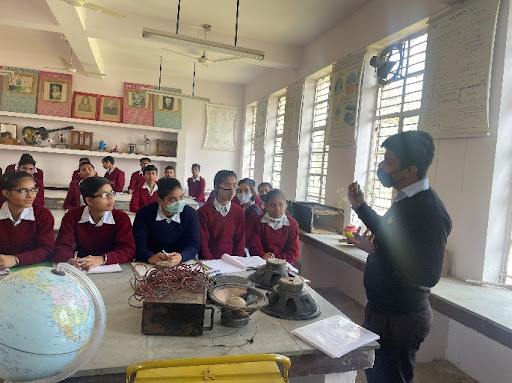
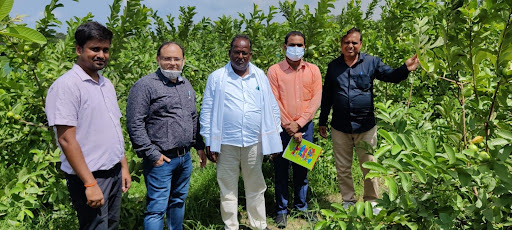

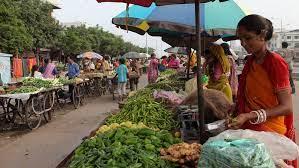
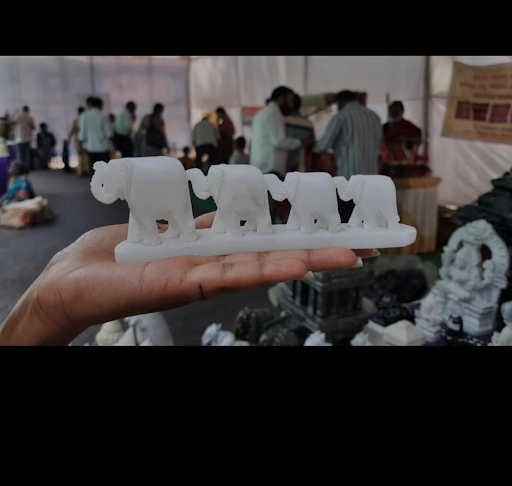
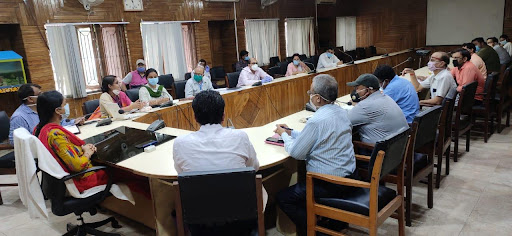

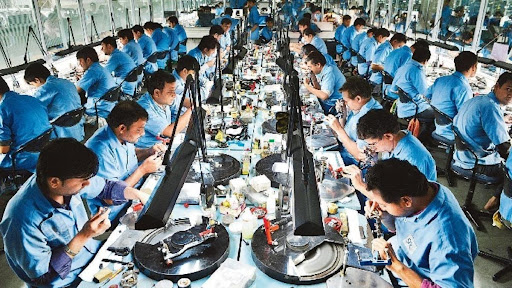




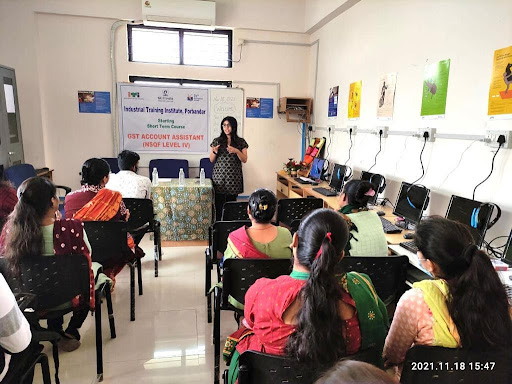
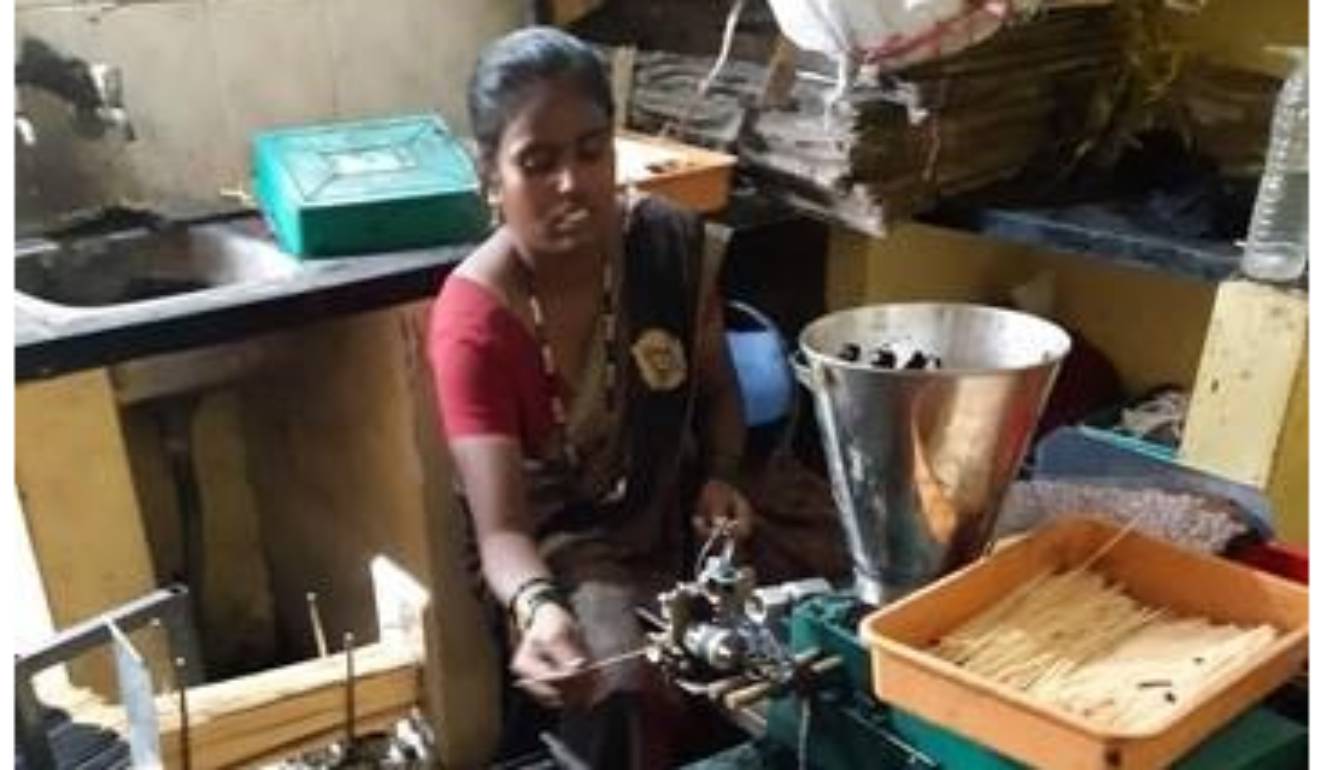
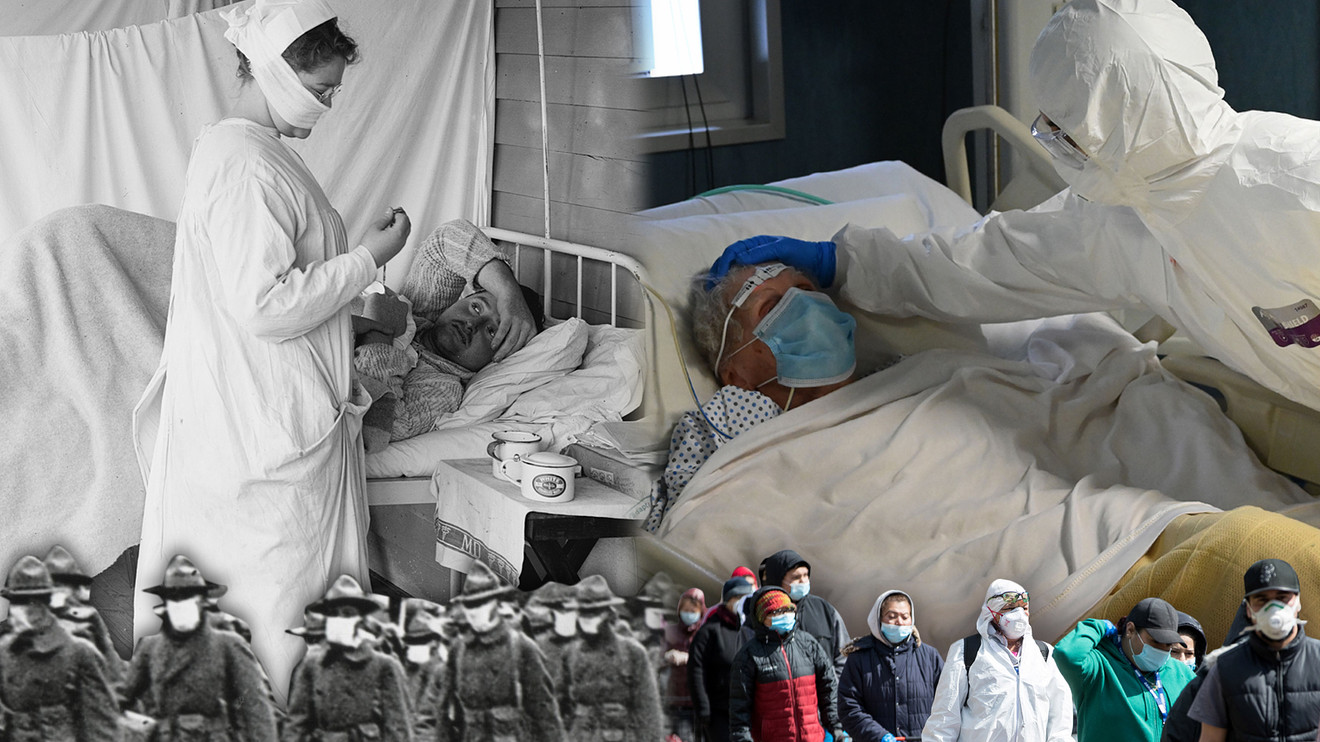
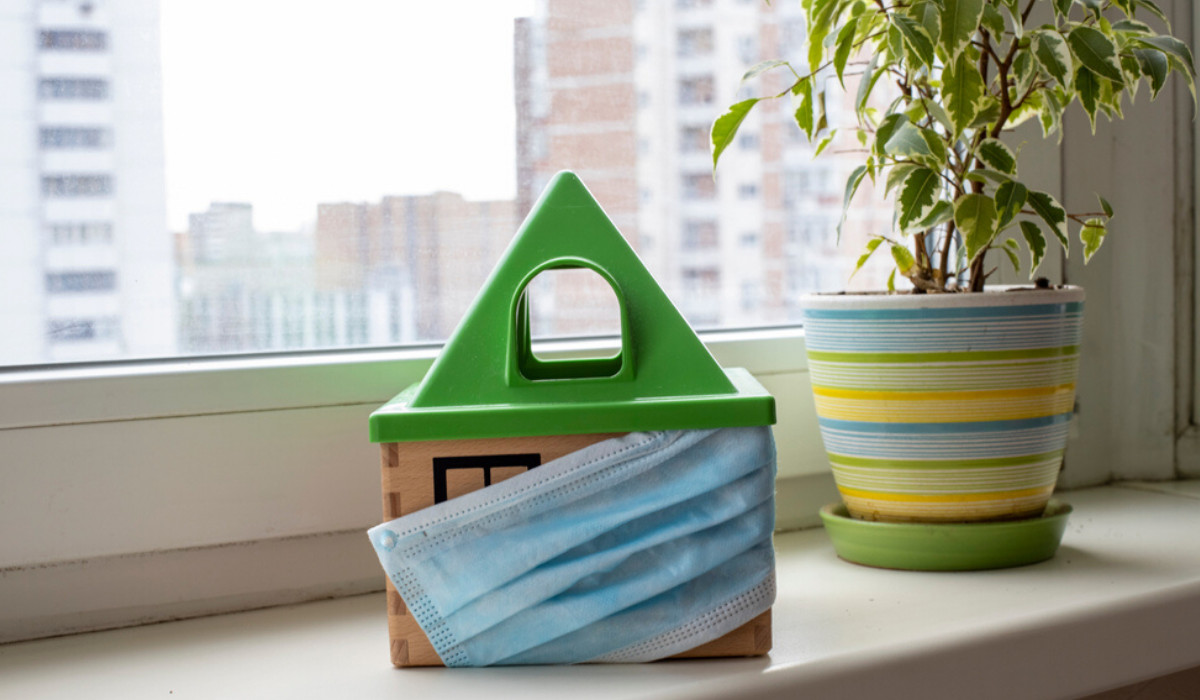

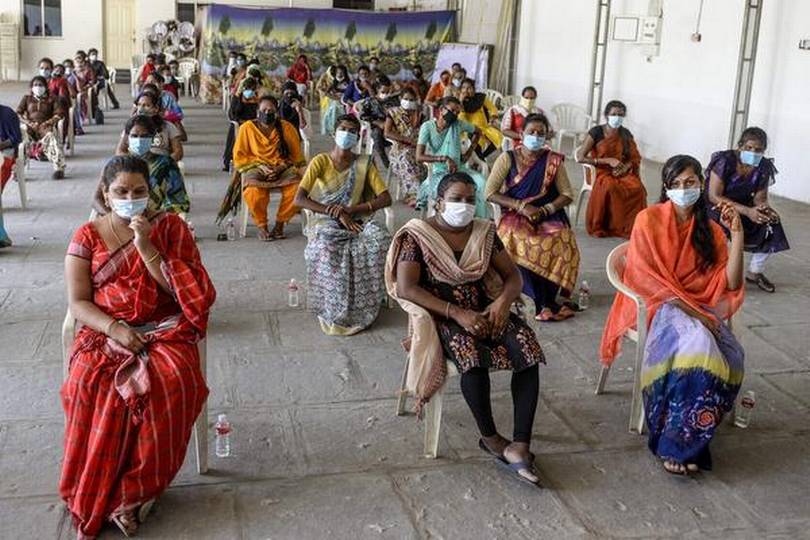
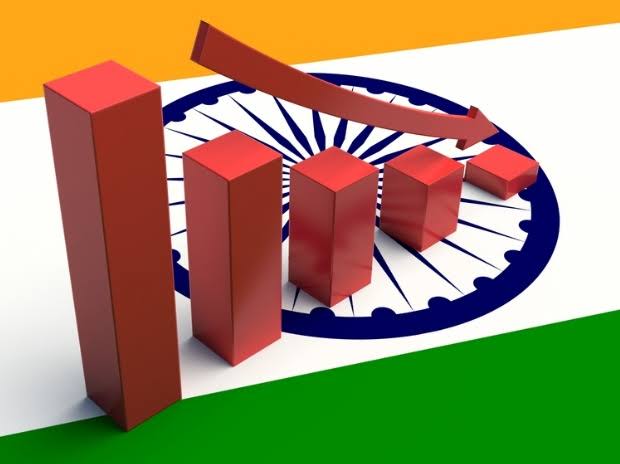






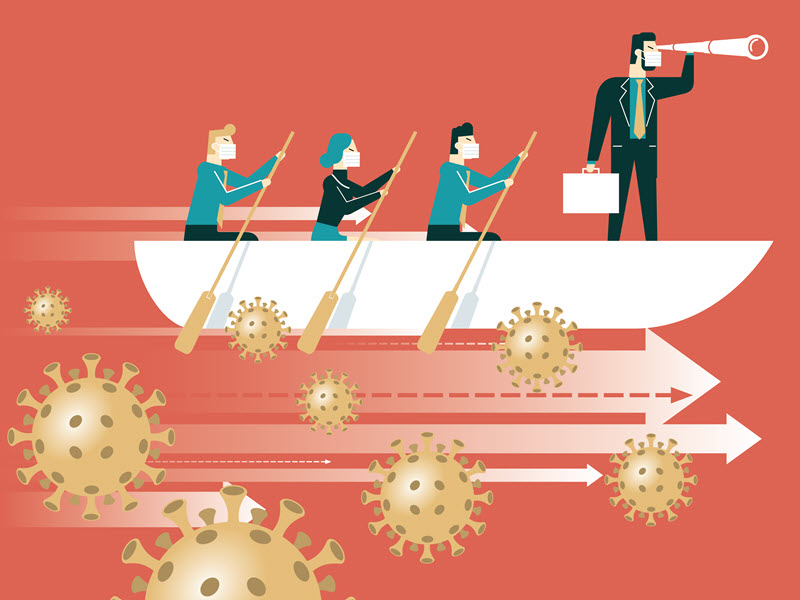
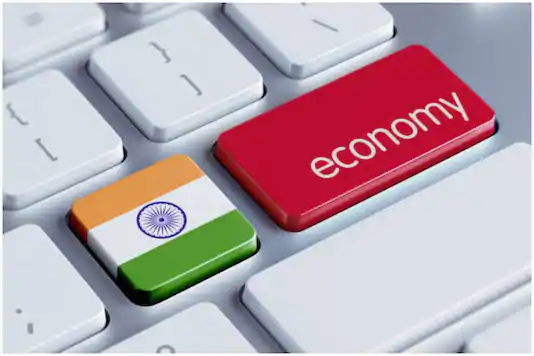


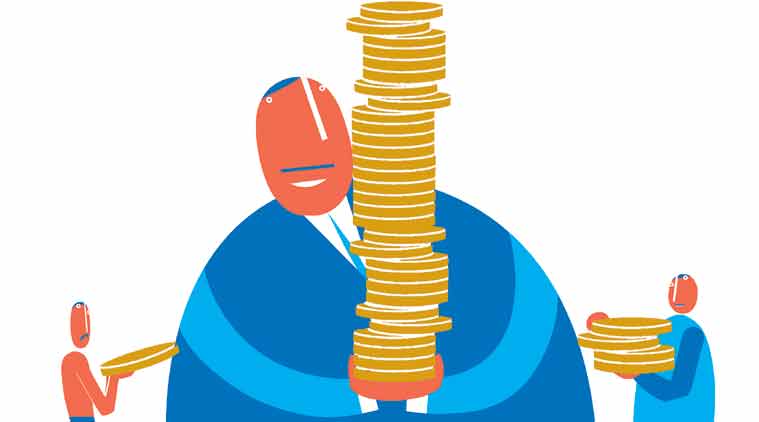
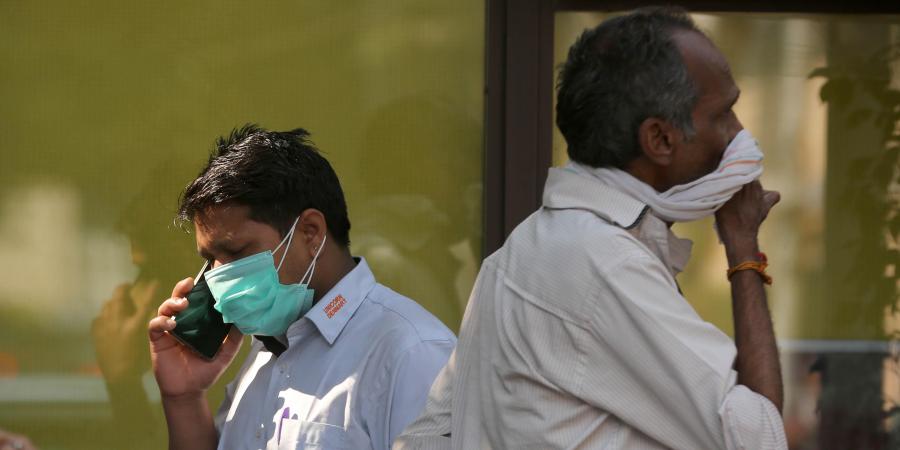
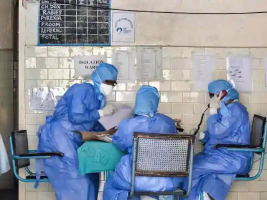
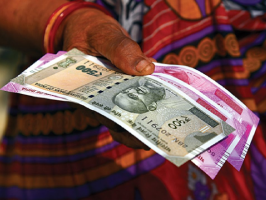

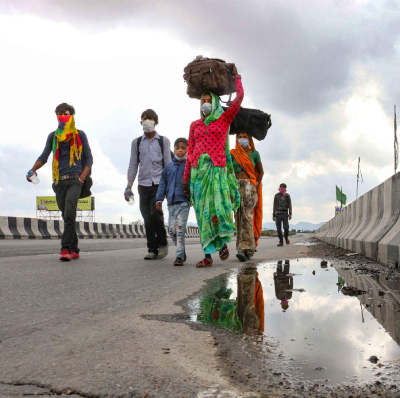
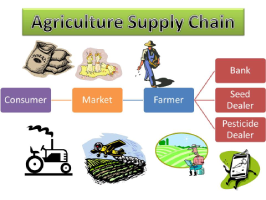
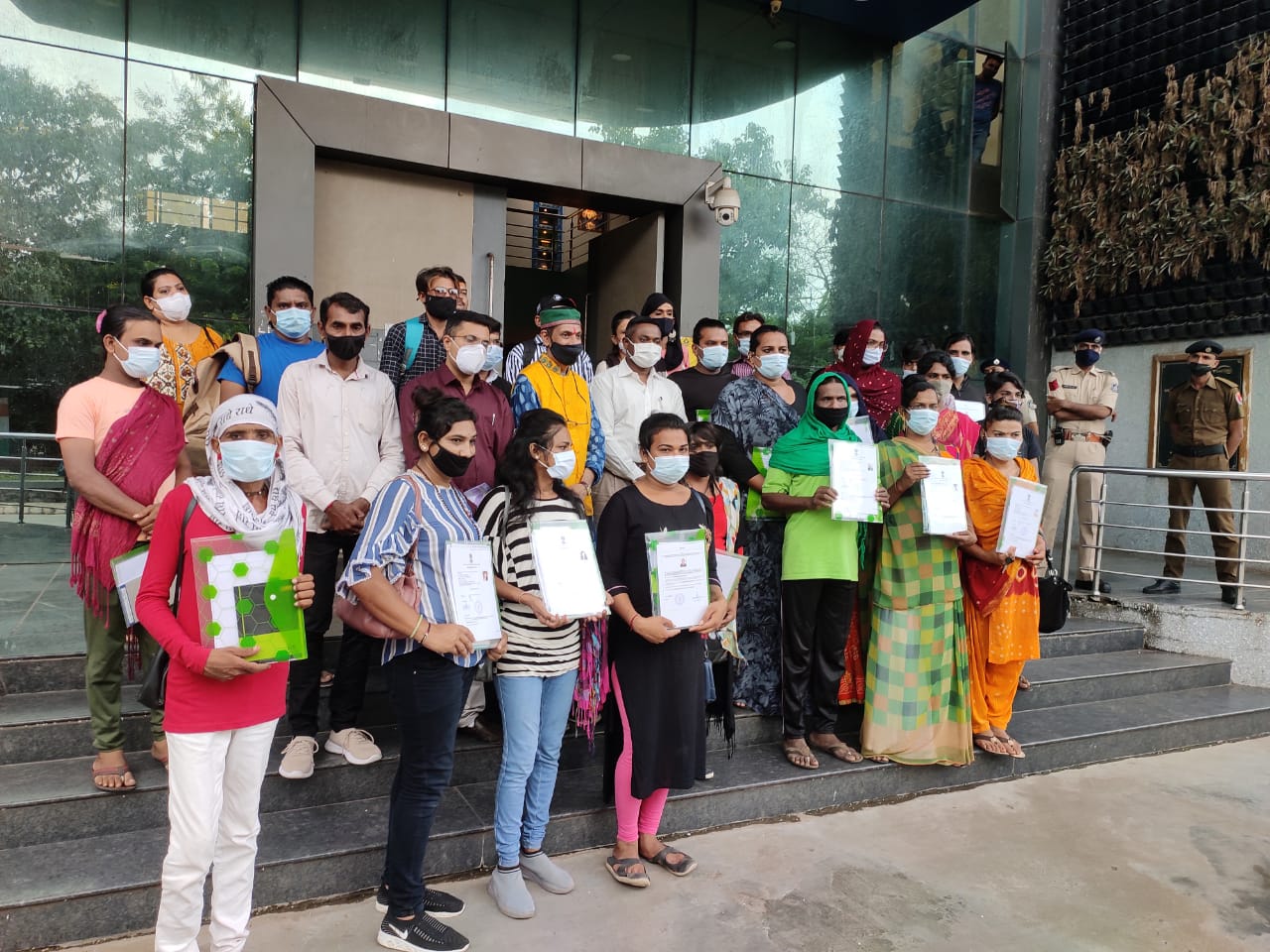
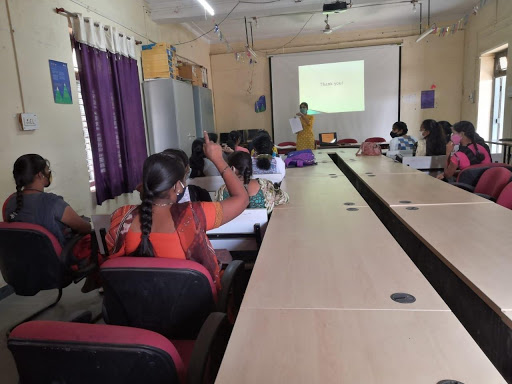



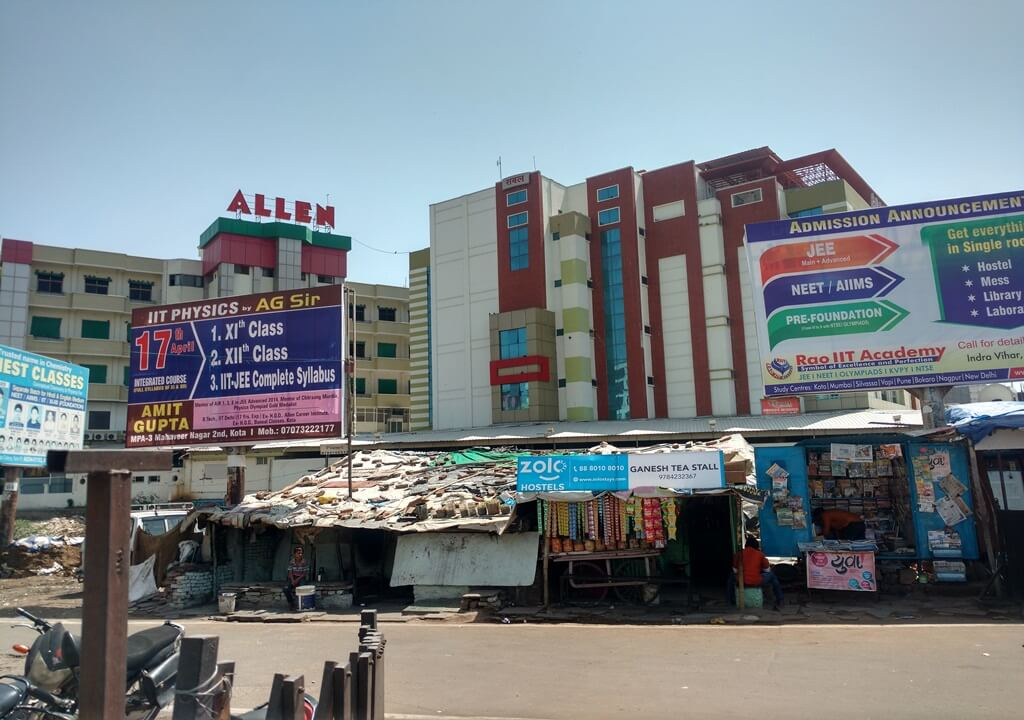
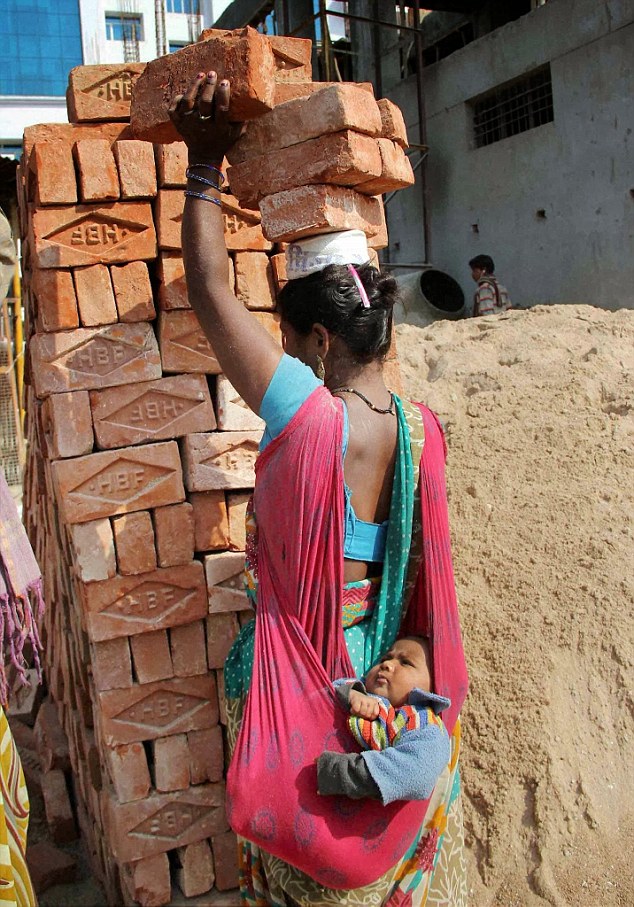


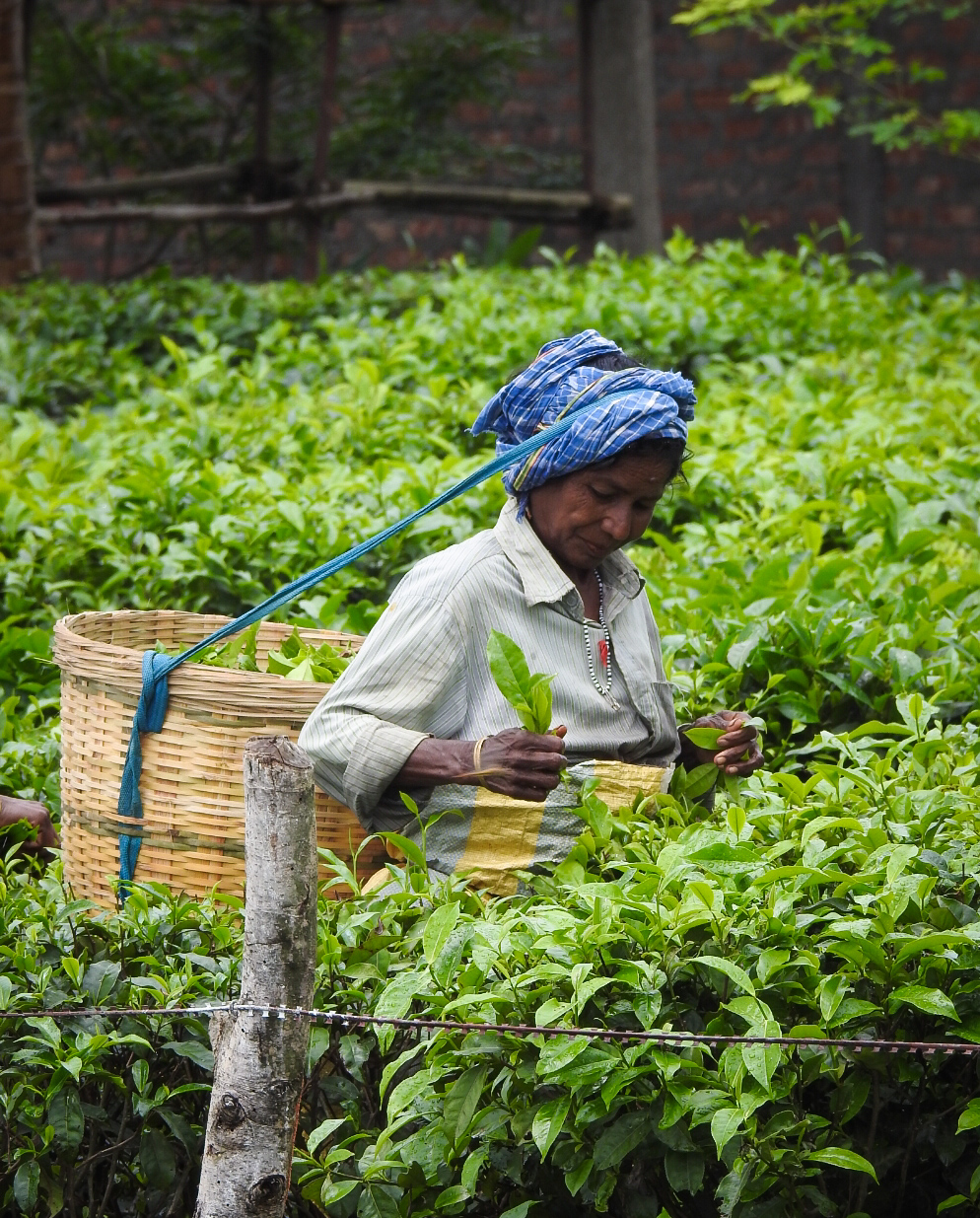
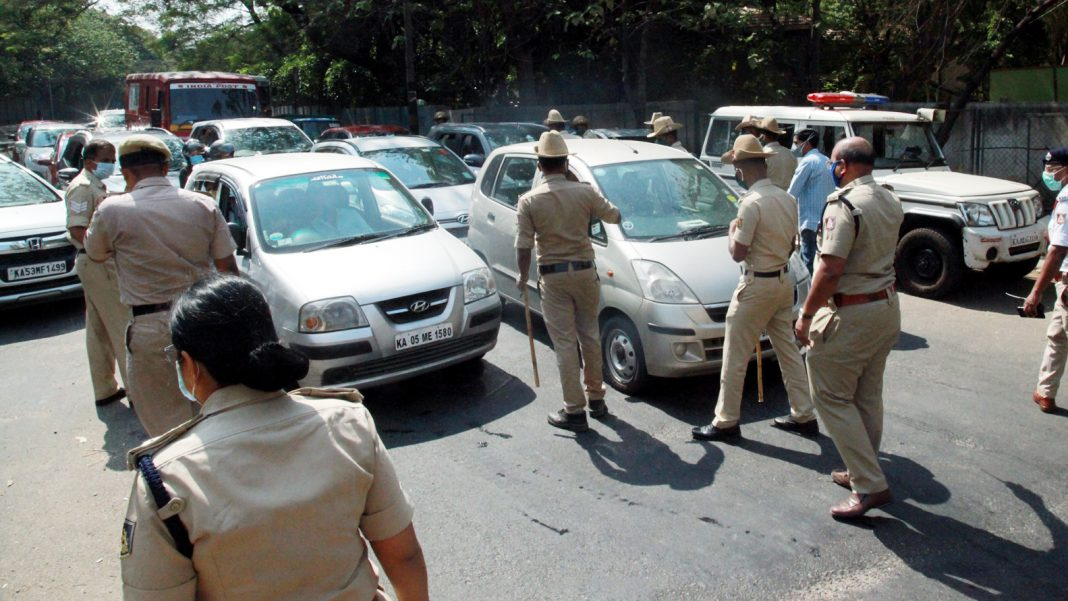


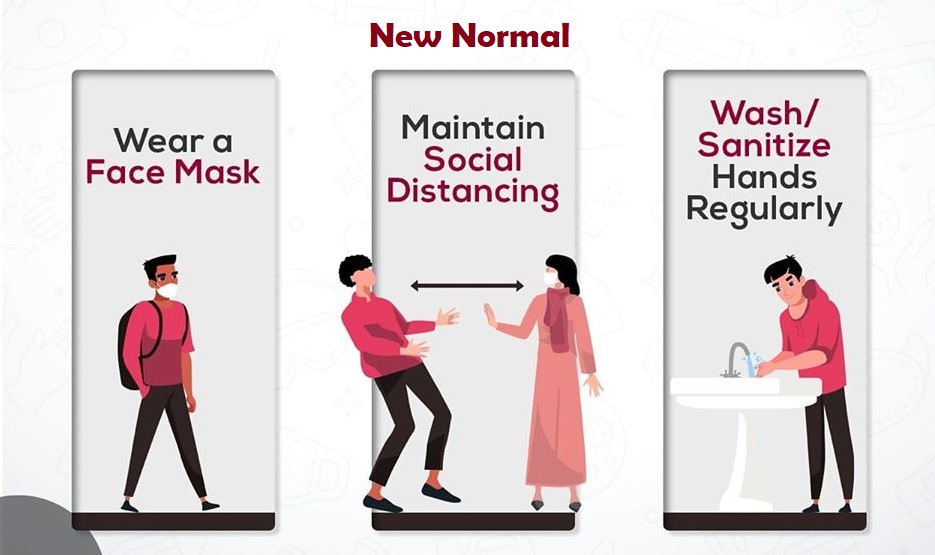
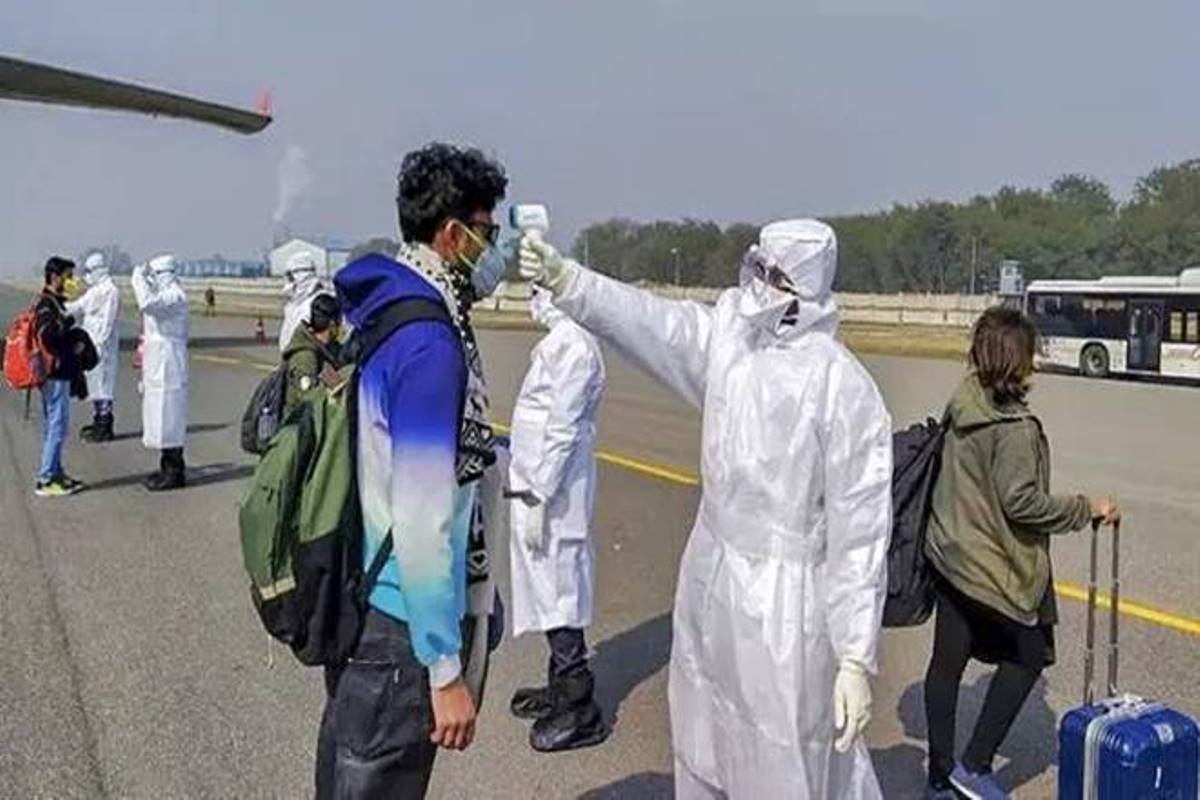


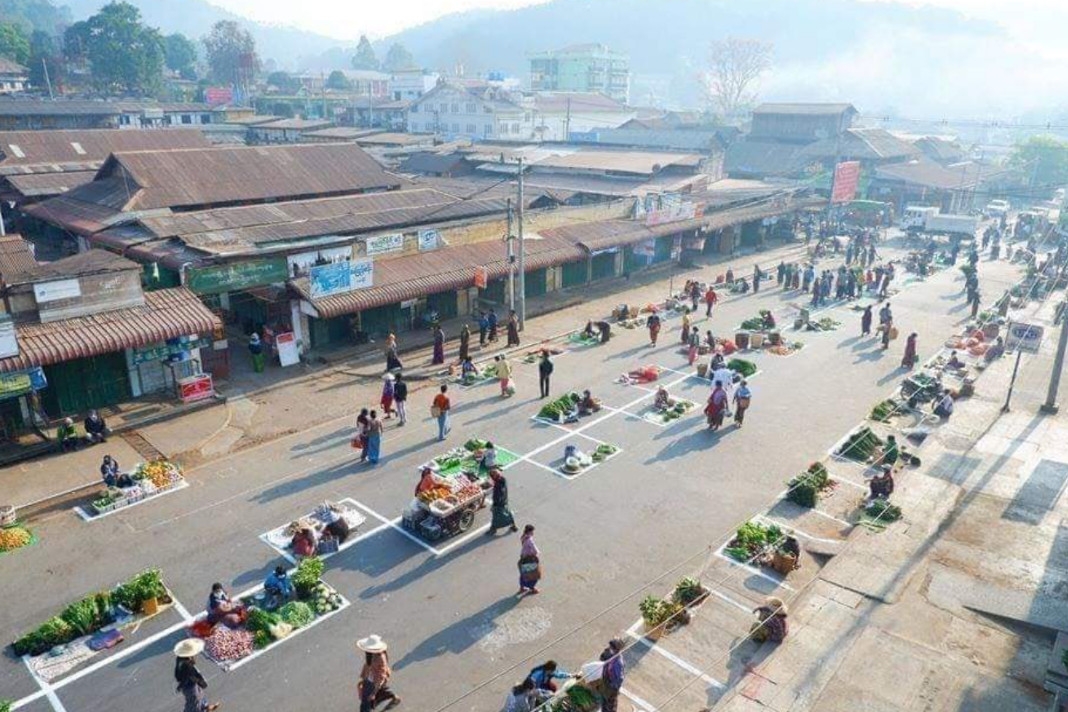
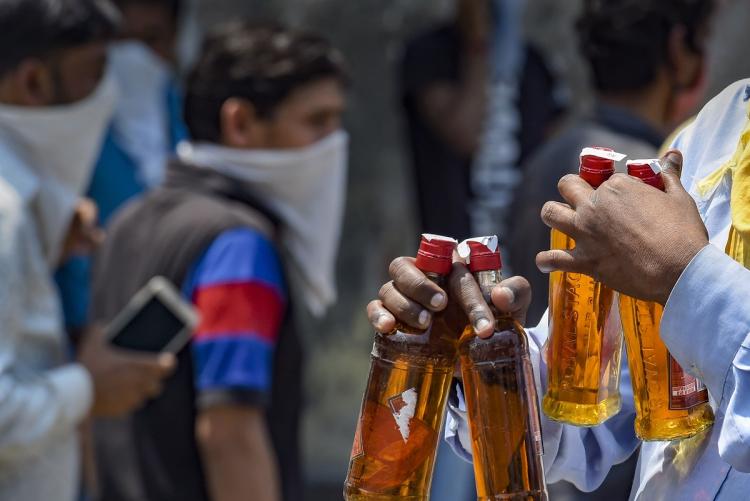
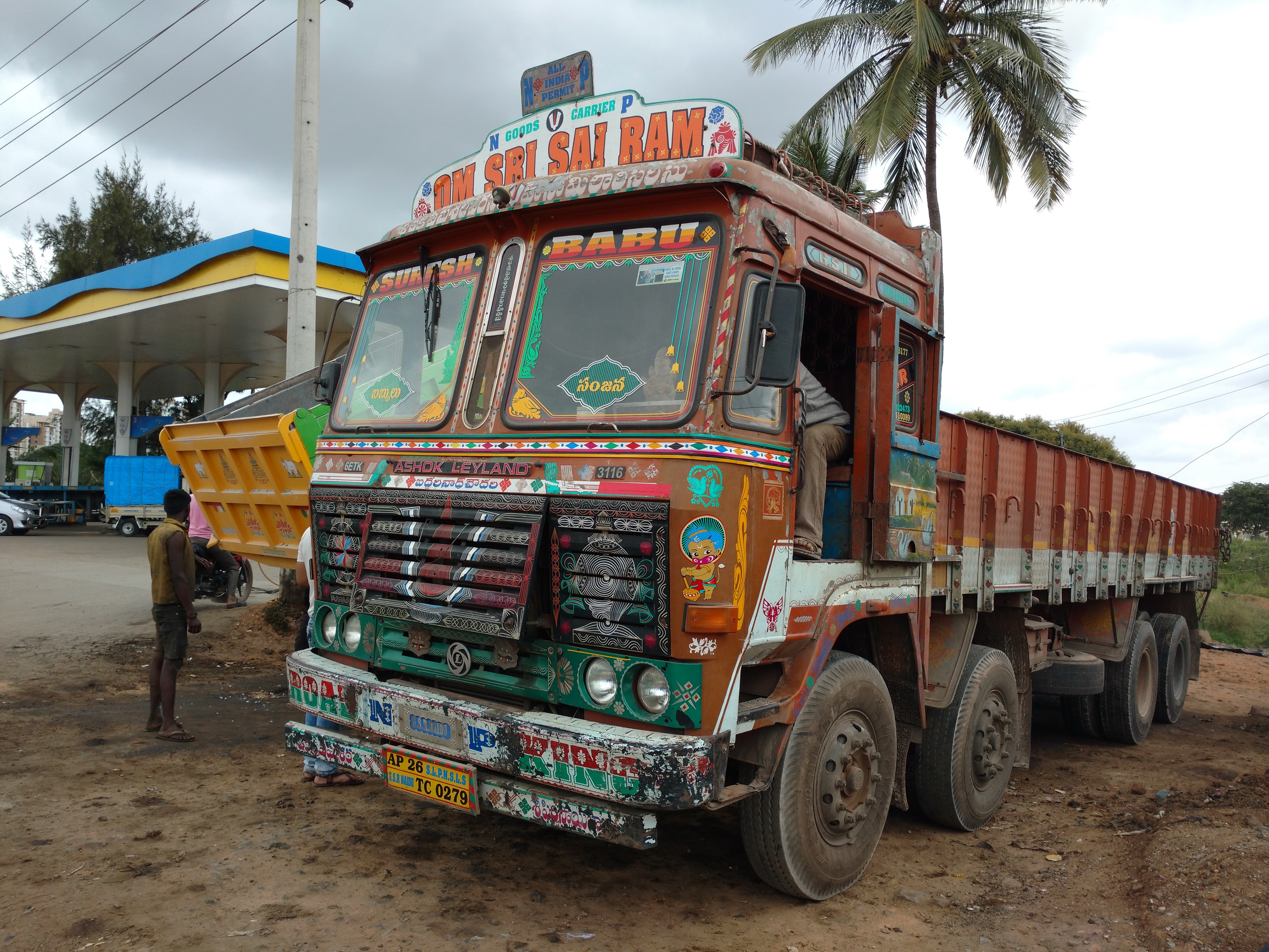

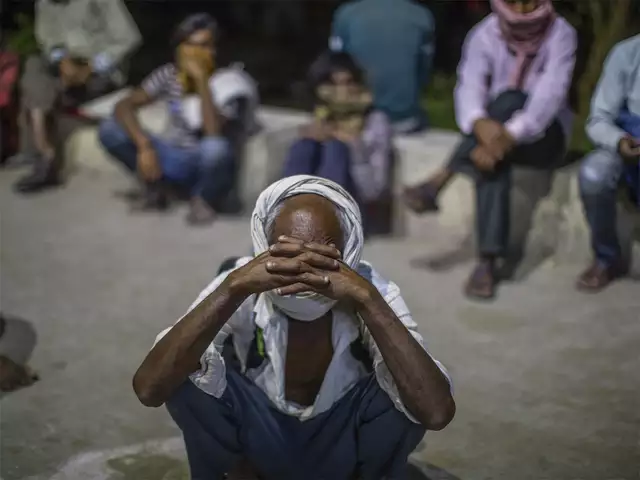

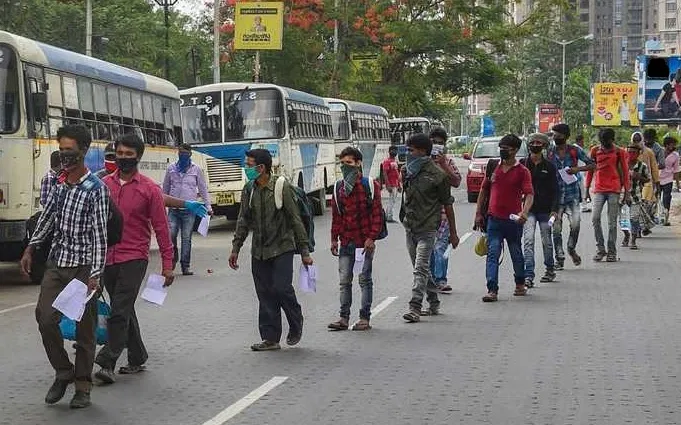

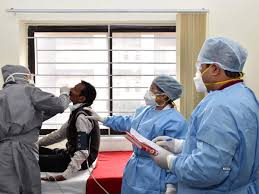

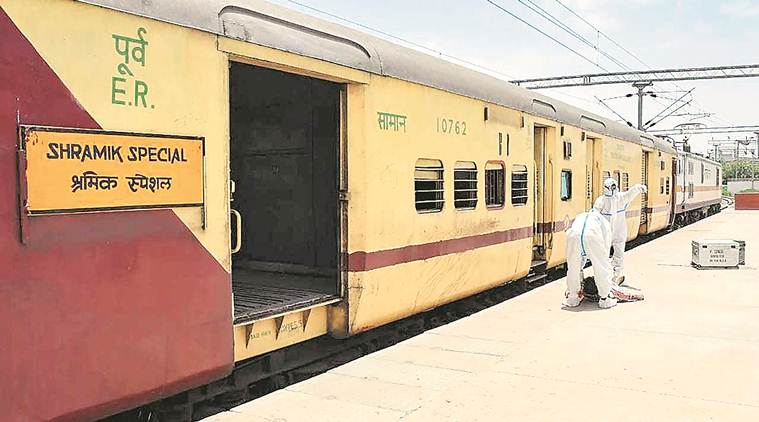

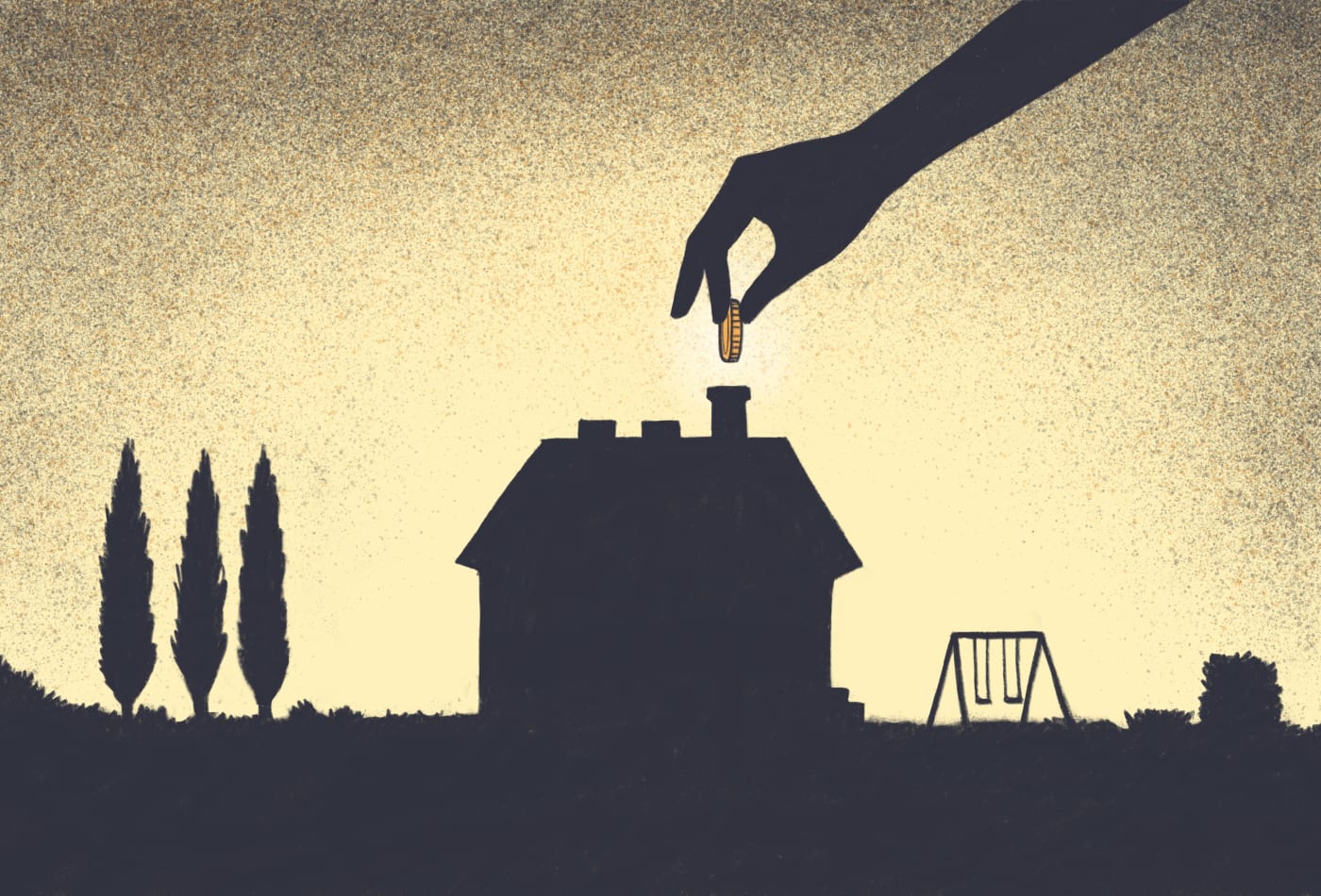


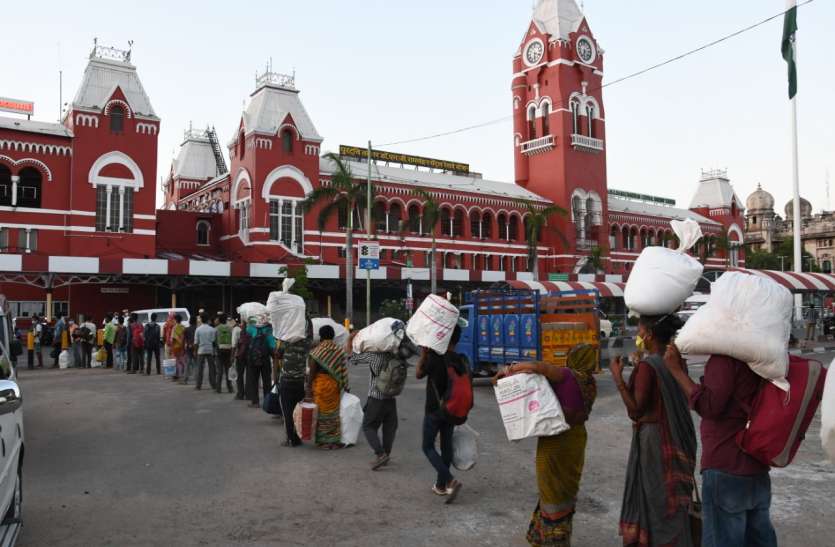
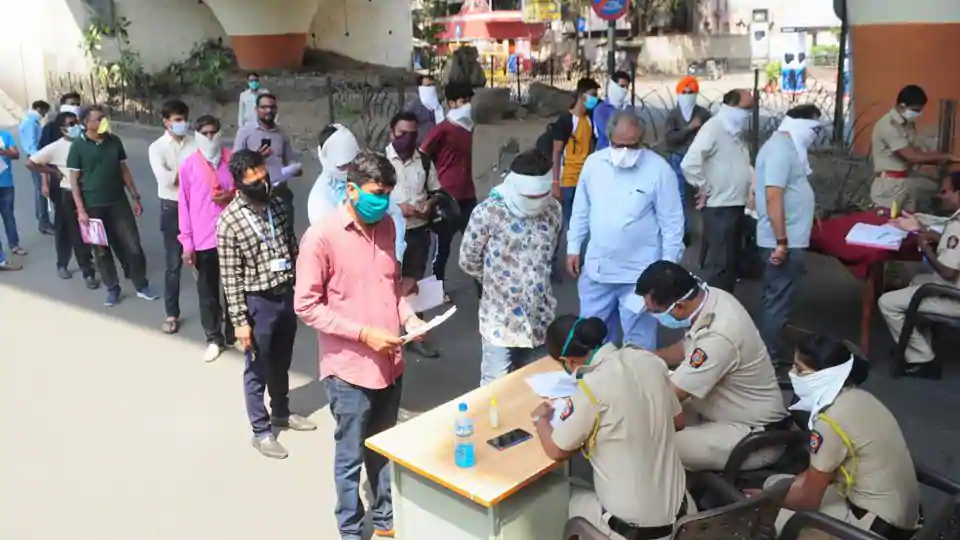
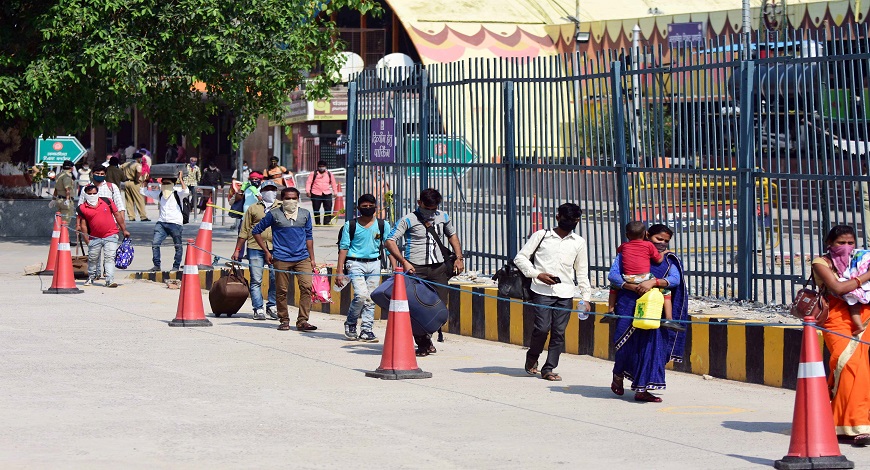
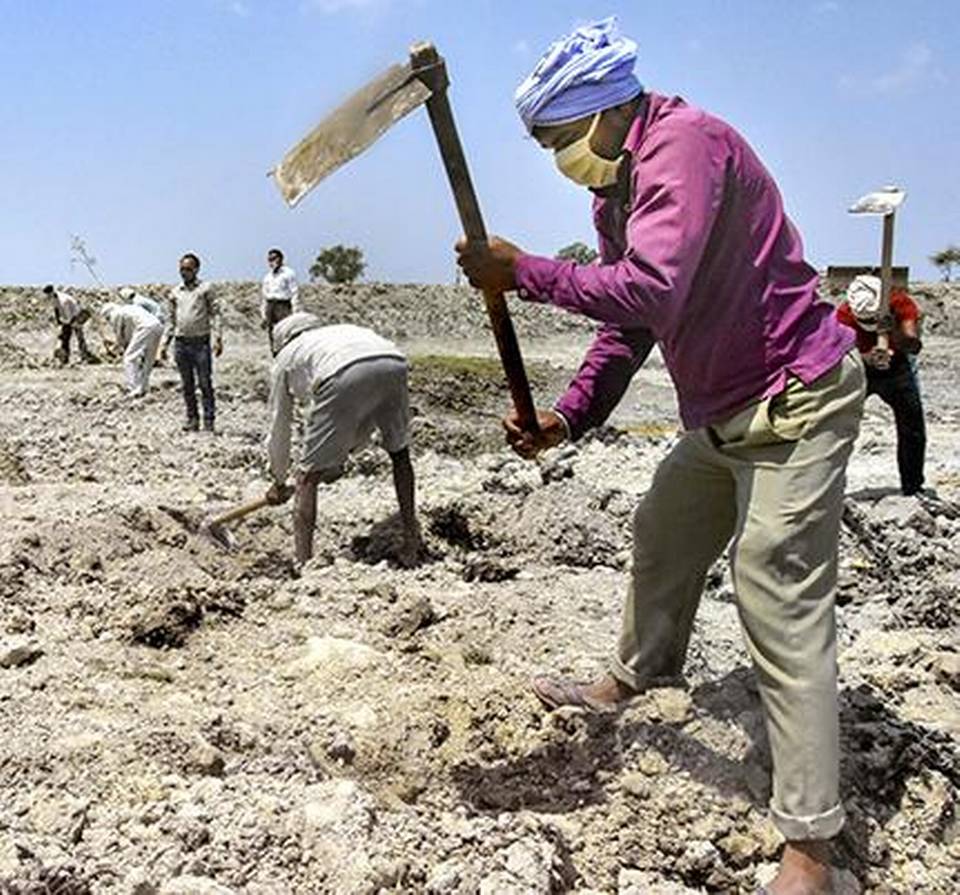
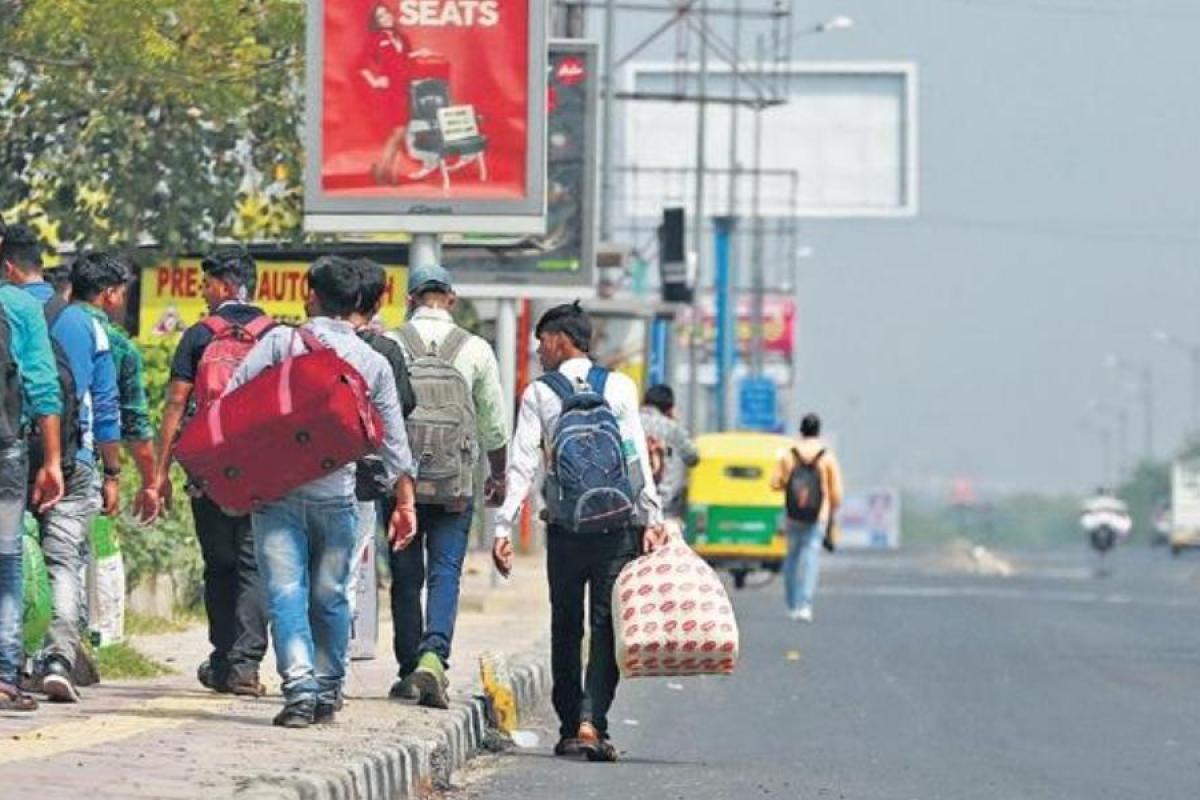
Haritha Saranga
Sreelata Jonnalagedda